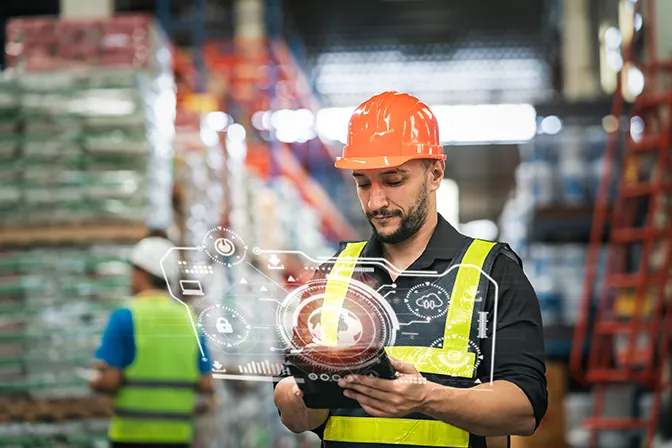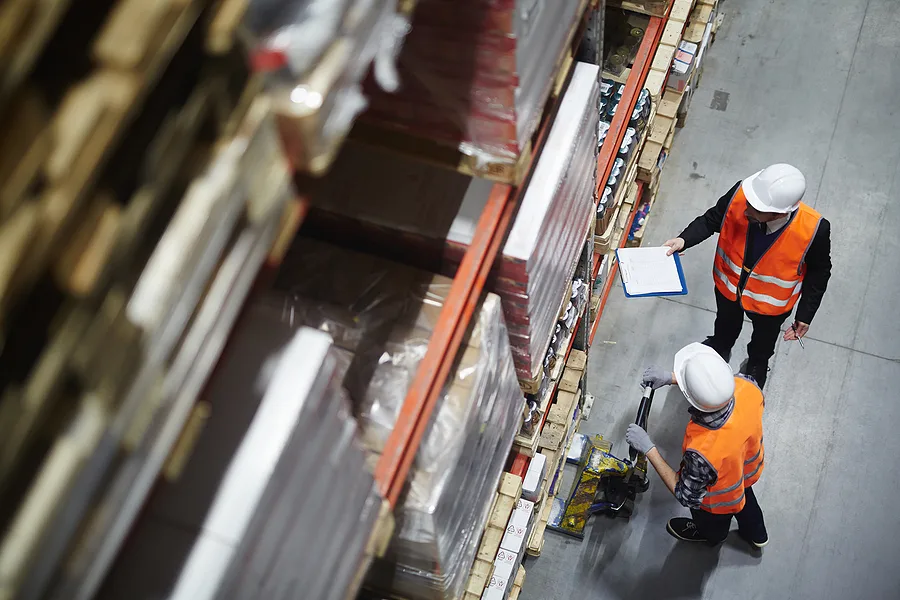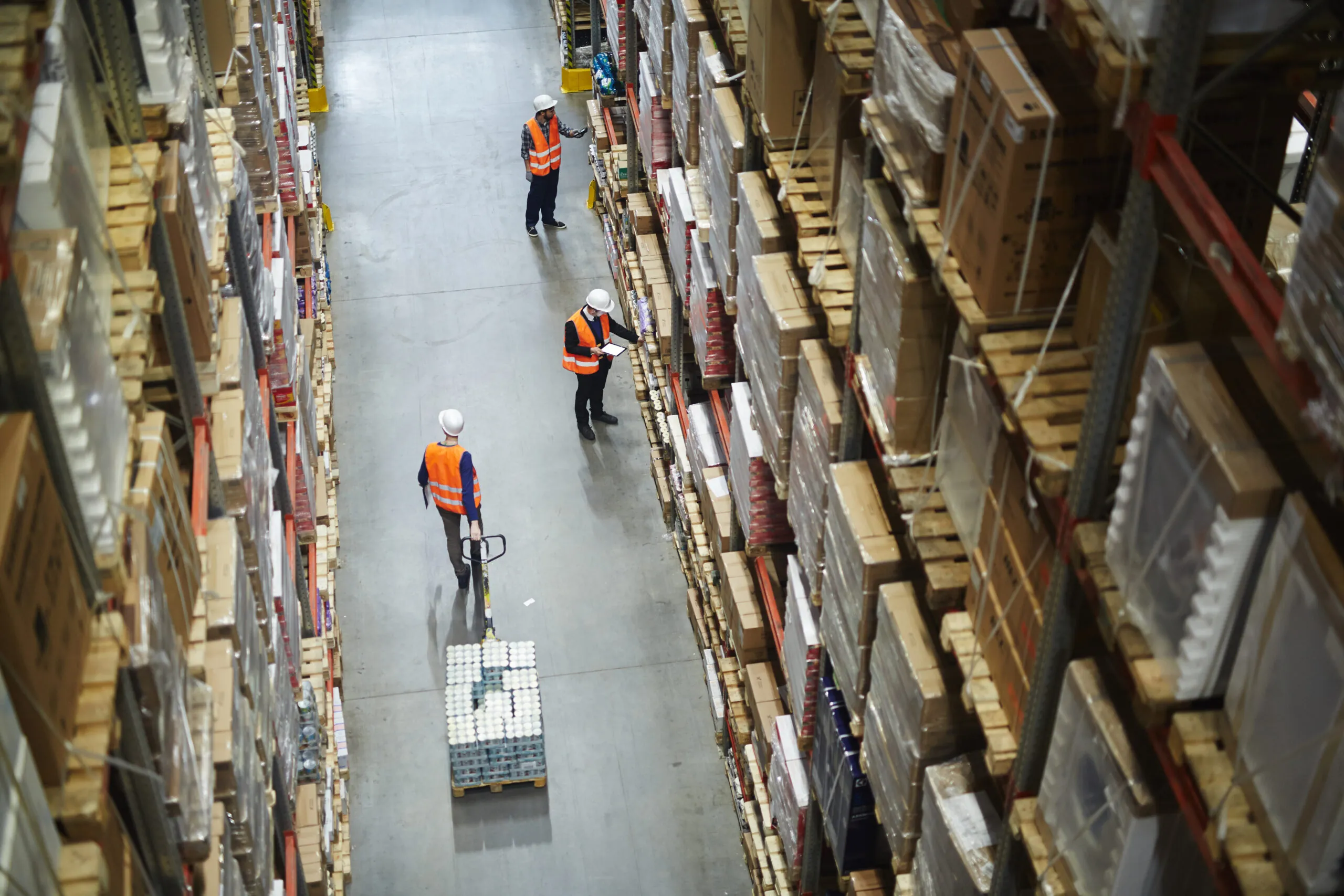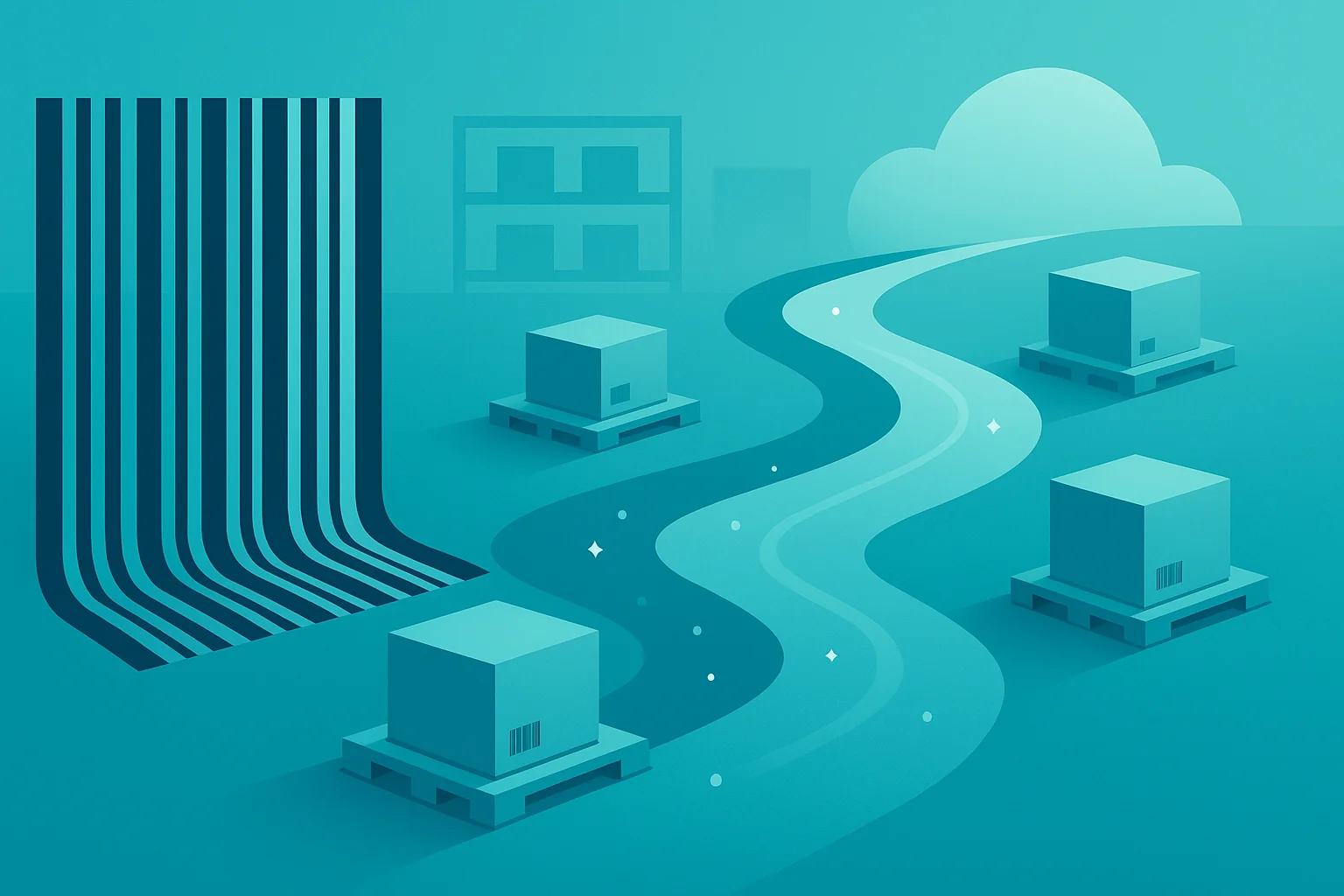
Supply Chain Mobility Gaining Steam, Making Data Collection and Integration Essential
The enterprise has been going through a protracted period of disruption as mobile devices and Internet of Things devices have begun to disrupt many longstanding work models. This trend has been somewhat slower to develop in the manufacturing sector, but that’s only if organizations look exclusively at typical mobility solutions, such as smartphones and tablets.
In practice, warehouse teams have been using mobile barcode scanners for years. Computing terminals attached to lift trucks or similar equipment have also had a place in distribution centers. These are just a few entry points for mobile devices, which are now gaining an even stronger role in the manufacturing sector.
Mobility’s Changing Role
Research from IDC shows just how much the mobile device revolution is impacting manufacturers. At this point, the introduction of third-platform technologies, increased use of mobile devices and the introduction of Internet of Things devices are laying a foundation for innovation. However, organizations must be incredibly strategic if they want what they are building now to transform into a digital manufacturing operation. The study predicted that just 30 percent of manufacturers that are working toward digital transformation will be capable of maximizing that outcome by 2018. For the rest of organization, legacy technologies and business models will keep them from moving forward. However, 75 percent of large manufacturers will update their operations around the IoT and analytics by 2019. On top of this, 50 percent of supply chains will become flexible enough to handle direct-to-consumption shipments and home delivery by the time 2020 rolls around.
This is just a smattering of the innovation that is ahead in the manufacturing sector, and mobile devices are at the center of the changes. This is evidenced in a Manufacturing Automation Magazine report as well. The news source explained that the growing consumer movement toward mobility is putting pressure on manufacturers to adapt their operations accordingly. The IoT is playing a role in this growth, and the potential for efficiency gains are considerable.
While the potential for mobile innovation is clearly present, the IDC’s point that many digital transformation projects will fall short, at least initially, is a reminder that companies need to be strategic about how they go about using smartphones, tablets and IoT devices to support everyday operations. In particular, companies must embrace mobile data collection and integration as they put new endpoints into place.
The Role of Mobile Data Collection
Organizations face a central problem in their supply chain – a rare combination of geographical diversity and rapid change makes it incredibly difficult to identify how products move between destinations. One supplier may be shipping goods from the west coast to a warehouse in the Midwest, while a separate warehouse in the South is processing refined goods and both of those distribution centers need to ship materials to the central manufacturing location in the northern part of the country in time to support production demands. This is a fairly simplified idea of how supply chains come together, and employees in all locations need access to updates on supply and inventory levels.
To add another layer to this complexity, businesses must also consider how they will log product and inventory levels at remote facilities, when products are delivered to customers or when field service agents use assets to get the job done. All of these updates need to happen immediately and be aligned across the business, but users don’t always have the combination of apps and hardware needed to log inventory levels. Mobile devices make this much easier, but only if they offer the barcode scanning functionality organizations need to integrate with enterprise resource planning and warehouse management systems. In some cases, mixing and matching smartphones, tablets and dedicated mobile barcode scanners can help organizations find the right mix of device and interface types to meet end-user demands.
Regardless of which device mix makes the most sense for your business, it is vital to remember that the mobile revolution will only support digital transformation if users can collect data with ease.
The Role of Data Integration
All the mobile data collection tools in the world won’t do much good if that information can’t get to the users who need it to get the job done. In complex manufacturing supply chains, this often means bringing data from diverse underlying systems together within the ERP platform. An ERP functions as a single source of truth where data can be located and updated by a variety of stakeholders. Furthermore, ERPs are typically designed to integrate out to specialized software in other lines of business, making them a natural hub for manufacturers trying to keep sales, marketing and management teams abreast of what is happening throughout operations.
Establishing data integration with ERPs isn’t solely a matter of backend work either. Instead, the end-user applications used for gathering and updating information must be designed specifically for mobile interfaces so users can easily make any updates necessary and move back and forth between various services.
Taking Full Advantage of Mobility Systems
The mobile device revolution is well underway in the manufacturing sector. While there are reasons to be concerned about consumer-grade smartphones and tablets in the sector, the technology also offers a great deal of potential for innovation. Businesses that want to take full advantage of these possibilities must set an effective foundation for digital transformation. Asking smartphone users to log some data on a clipboard while other information is entered via a smartphone app isn’t just frustrating, it also can contribute to user error and information silos within the business.
Manufacturers that want to transform their supply chains around digital workflows must consider mobile data collection and integration if they want to lay the groundwork for sustainable success. The good news is that RFgen can help. Our mobile data collection solutions enable you to develop mobile apps for Windows, Android and iOS rugged and consumer-grade devices. Furthermore, we provide integration solutions for a wide range of ERP systems, giving enterprises a flexible mobile application development platform that enables them to deploy the right mobile technology for the job.
THE ULTIMATE SUPPLY CHAIN MOBILITY BUYER’S GUIDE
Find the best enterprise mobility solution for Warehousing, Manufacturing, Maintenance and Asset Management.







